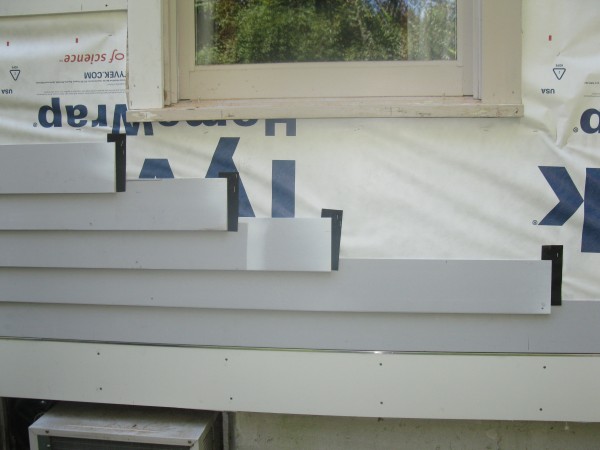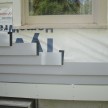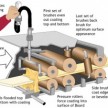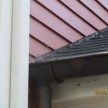Clapboard Siding: Paint or Replace?
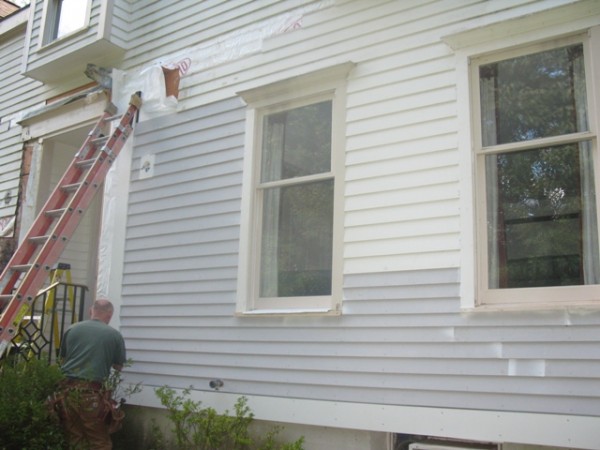 Old Clapboard Siding
Old Clapboard Siding
I have a 124 year old house with clapboard siding and the paint is starting to peel. One contractor says I should strip and paint when the time comes. He also said I shouldn’t replace the siding because the newer wood is not as good as the old wood on my house.
Another contractor says it’s better to replace the clapboards with new cedar ones. His point is that in doing so Tyvek can be installed underneath and longer boards can be used so that there are fewer seams for moisture to penetrate.
Thanks for any advice on how I can determine which way to go.
ANSWER:
Ahhh the age old debate of refresh or replace!
One critical missing piece of information is what is the shape of the old siding?
The best, and most expensive, option would be to replace the clapboard siding and follow “best-practice” installation methods. [See below]
What is causing the clapboard siding peeling paint? Before doing anything you should be looking at the root cause of the problem and fixing it. Peeling paint problems often requires you to look three likely culprits:
- Moisture
- Improper paint preparation
- Lack of proper maintenance
Clapboard Siding Moisture
Moisture can be internal or external, for example a lot of paint issues occur outside bathroom shower walls with no bath exhaust fan. I’ve also see a lot of water damage on the lower third of homes, due to lack of gutters.
Other areas of clapboard siding paint failure result from water penetrating the siding through:
- Damaged and cracked siding
- Siding and trim seams
- Improper installation, lack of proper flashing
- Moisture penetrating nail holes
Clapboard siding on older houses are not back primed, and often were installed over resin paper, tar paper or bare sheathing.
When siding is not back primed or the end grain is not sealed the clapboard absorbs moisture and will push the paint off the wood. Unprimed wood end-grain absorbs liquids up to 250 times more than other wood surfaces. This is why we see siding end grain is usually the first places paint fails and rots.
According to Dan from HDF Painting Inc. out of Concord, MA sanding old clapboard siding down to the bare wood and re-painting will give you more life out of the siding but you are not guaranteed that the paint will not fail. Dan agrees with me that the best solution is to install new siding.
Improper paint preparation
Professional painting contractors all acknowledgement that one of the most common reasons clapboard siding paint fails is due to improper preparation, for example, failing to lightly sand, and wash a surface prior to painting.
Pollen, mold, environmental and construction dust can cause this failure and must be removed. Adhesion is key in painting and washing and etching the surface is a must!
Lack of proper maintenance
Cedar clapboard siding is inherently insect and rot resistant and even the best materials will eventually fail when they are installed poorly or neglected.
Washing, inspecting and performing the following steps on clapboard siding will maintain your home:
- Caulk open siding/trim joints
- Touch up chipped or missing paint
- Repainting



